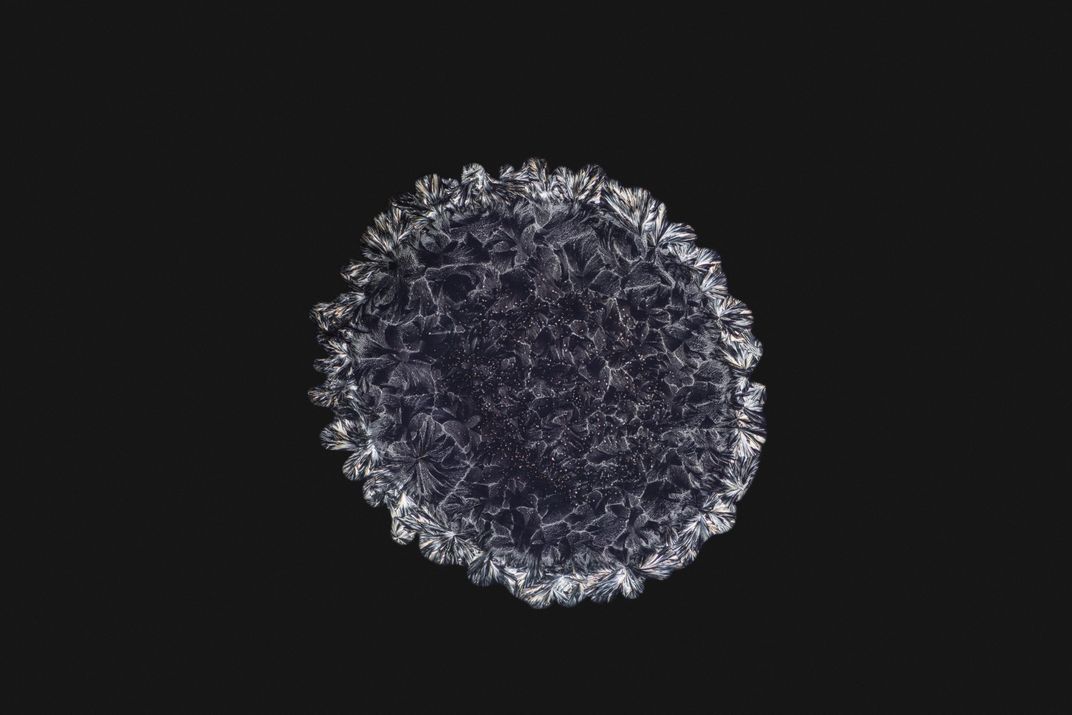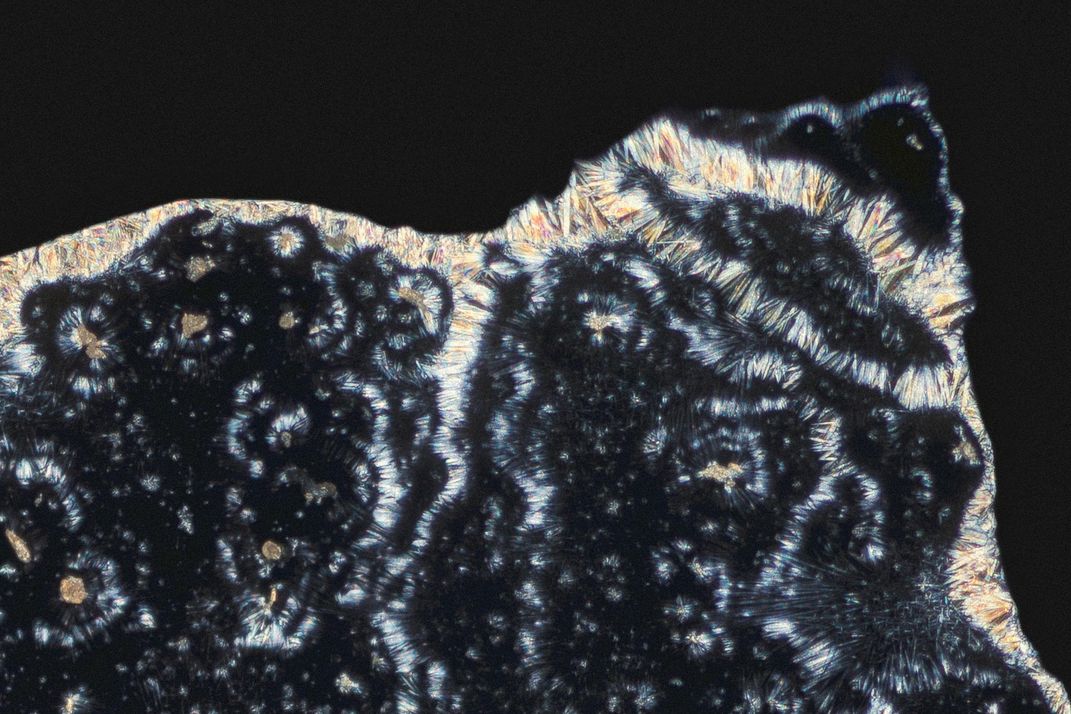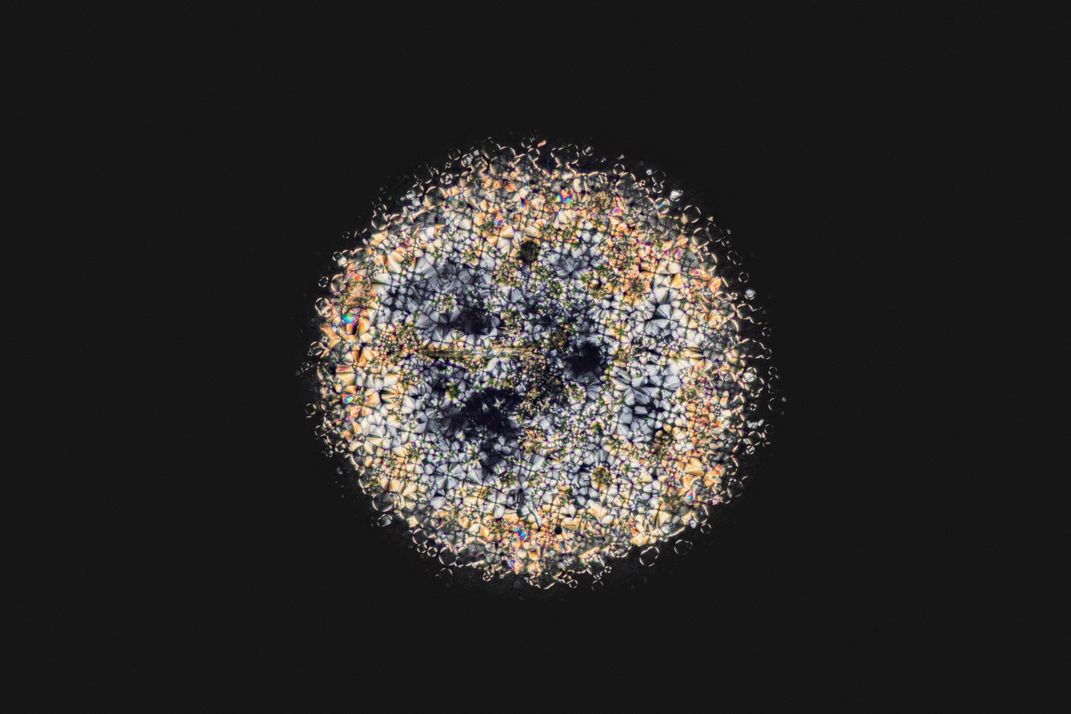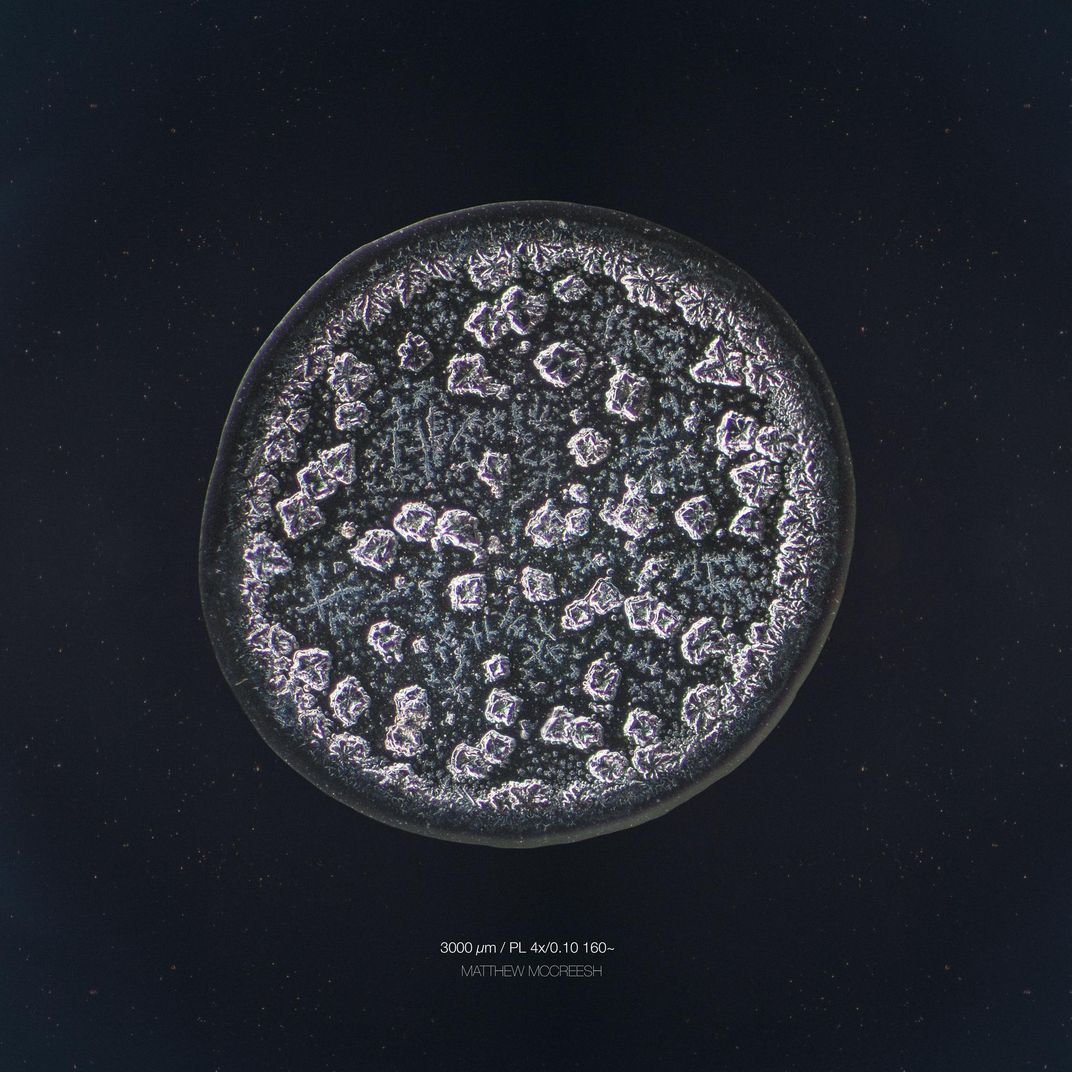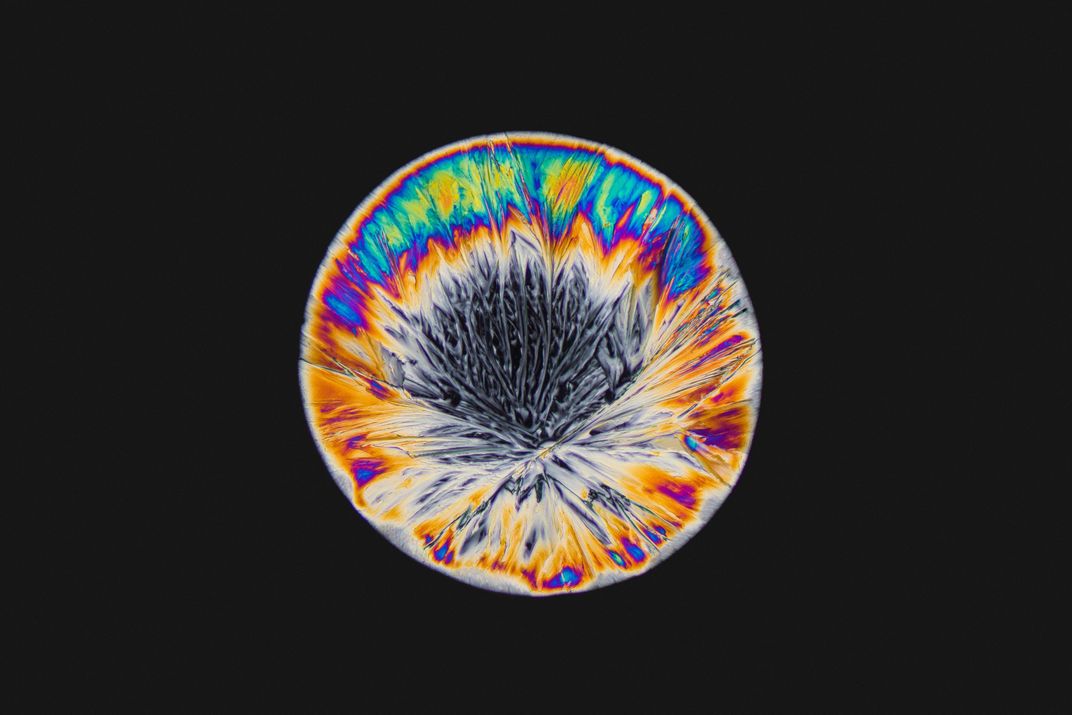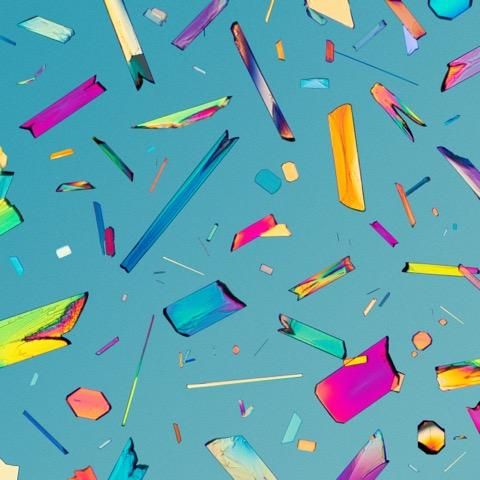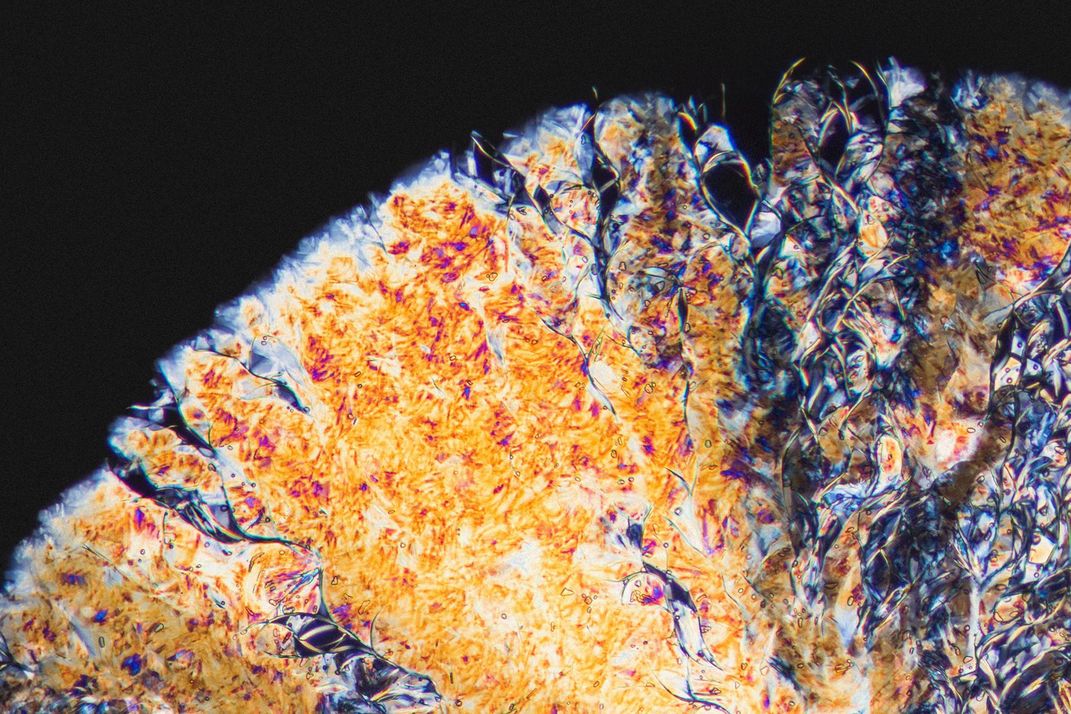When This Photographer Got Sick, He Started Taking Beautiful Photos of Painkillers and Tears
The extreme closeups were one way for the photographer to understand what he was taking
/https://tf-cmsv2-smithsonianmag-media.s3.amazonaws.com/filer/3f/3a/3f3a9eb5-d01e-4ac1-bd7e-841236aa8918/acetaminophenparacetamol.jpg)
For Dutch photographer Maurice Mikkers, everyday painkillers hold a story. "But most of these stories are of course not happy stories." he writes at the start of his "Micrograph Stories" series on Medium.
After using his camera to tell stories about huge beer festivals in the Netherlands, kitesurfing off the coast of Western Sahara, a start-up in South Korea and more, Mikkers found himself homebound and sick. Unable to do his normal work, he recalled a source of inspiration from before his professional photography career.
Mikkers had worked as a Medical Laboratory Analyst for the National Institute for Public Health and the Environment, where he was entraced by the beauty the microscope revealed. He writes:
So I started to build a setup that would enable me to go back to this “happy place." Getting to know the world in a different way, by using things we “consume” in our “daily” life, but putting them underneath a microscope. Creating images “from another world” with a different perspective. Where structures, shapes, patterns, details, colors an many other things will (hopefully) make you look astonished.
The painkillers in his medicine cabinet were the first subjects to fall under scope and lens, but he also branched out to find the intricacy in crystalized tears (a consequence of pain and coping), other prescription medicines, food additives and recreational drugs.
The work first requires Mikkers to crush each substance into a powder, dissolve it in water and finally air dry to get the intricate crystals, reports Brandon Seibel for Vantage. Seibel writes:
Throughout, the entire workflow, Mikkers adheres to something akin to rigorous scientific method — samples are tracked in Excel. Meticulous notes are kept. Control groups are maintained. Like all good science, he wants to be able to repeat the process and, hopefully, the results.
“It is mind-blowing to see crystals form live in front of you on a microscopic scale, like when I was using Tartaric acid for the first time,” he says.
The results aren’t only beautiful but also represent a reblossoming of Mikkers’ passion for his work. “Being sick gave me the time and opportunity to rethink who I am and where I wanted to go. A recap and rethinking of the last few years was a good thing to do, and needed after years of commissioned work,” he tells Vantage. “I came to the conclusion that the combination of my previous studies and today’s passions needed to be combined.”
